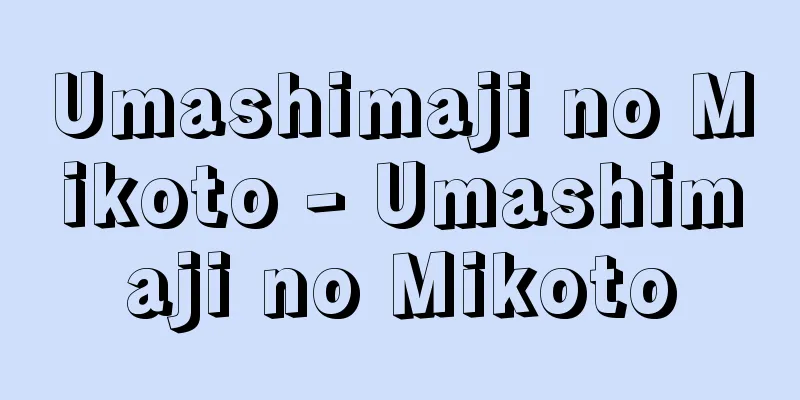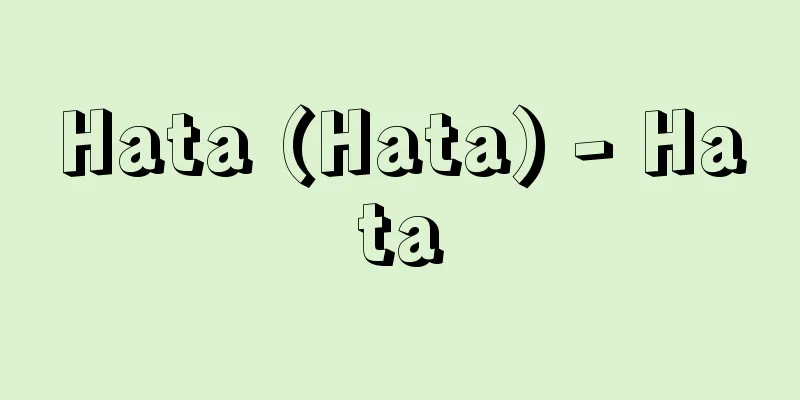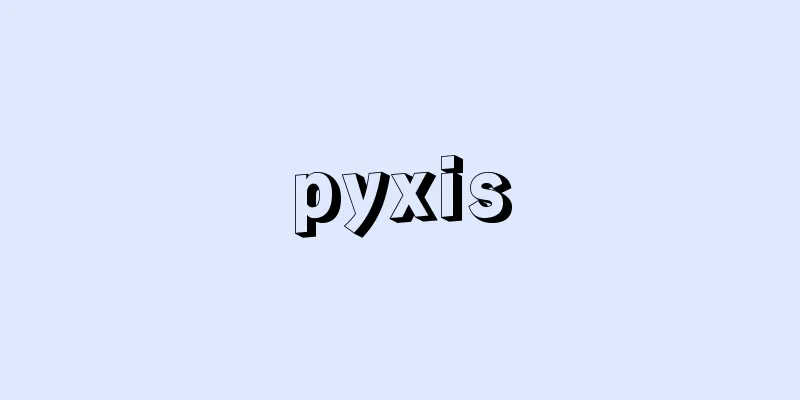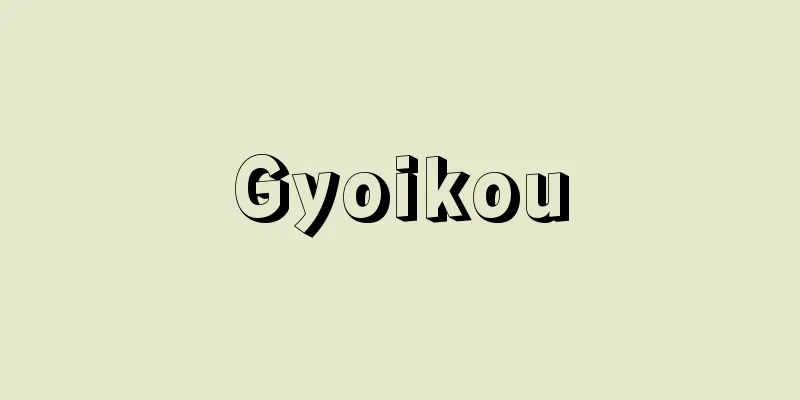Piezoelectricity
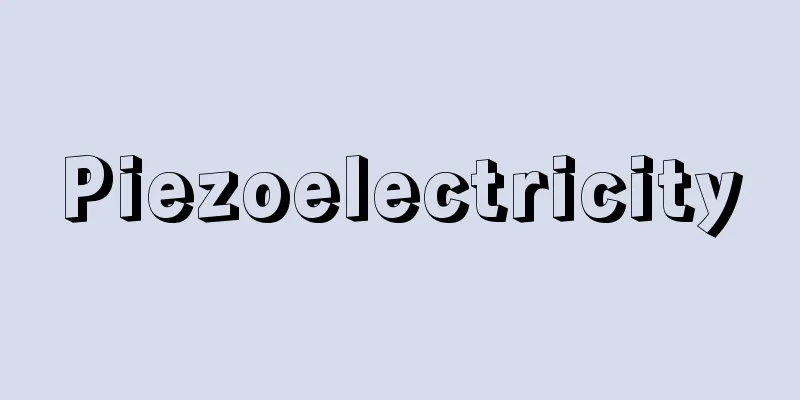
|
When a material is subjected to external force or strain, a proportional electric polarization occurs and an electric charge appears on the surface. This electric charge is called piezoelectricity, and the phenomenon is called the piezoelectric effect. For example, when there is no pressure on a quartz crystal, the distribution of Si + ions and O2- ions is uniform, as shown in Figure (a), and the positive and negative charges cancel each other out, making it neutral. When pressure is applied in the vertical direction (Figure (b)), the distribution becomes uneven, and negative polarized charges appear on the top surface and positive polarized charges appear on the bottom surface, generating an electromotive force. Within the elastic limit, the relationship between pressure and electromotive force is proportional, and the proportionality constant is called the piezoelectric coefficient. Conversely, when an electric field is applied to a crystal, mechanical strain occurs, which is called the piezoelectric inverse effect. These two effects are used to convert electrical energy and mechanical energy into each other. Among dielectrics that have piezoelectricity, there are also pyroelectrics, which generate polarization due to thermal changes and generate heat due to electric fields. Devices that utilize piezoelectricity include piezoelectric ceramics used to generate ultrasonic waves, quartz crystals and lithium tantalate, which are used in communication filters and oscillators as elements with high Q values. Quartz crystals in particular are physically and chemically stable, and generate vibrations equal to their natural frequency stably, so they are used in watches and clocks in digital devices. Both are essential elements for miniaturizing and power-saving devices. In addition, piezoelectric materials are used in piezoelectric actuators for precise positioning of magnetic heads and optical devices, piezoelectric gyros as sensors of rotational angular velocity, and other piezoelectric transformers. Piezoelectric materials are not only ionic crystals, but also semiconductor crystals that do not have ionic bonds between atoms, such as selenium and tellurium, and some III-V and II-VI compound semiconductors, which show a large piezoelectric effect. (→Piezoelectric materials) Source: Encyclopaedia Britannica Concise Encyclopedia About Encyclopaedia Britannica Concise Encyclopedia Information |
|
物質に外部から力またはひずみを加えると,それに比例した電気分極が起こり,表面に電荷が現れる。この電荷を圧電気またはピエゾ電気といい,この現象を圧電効果,またはピエゾ効果という。たとえば,水晶の結晶は圧力のないとき,図 (a) のように Si+ イオンと O2- イオンの分布が均一で,正負の電気が互いに打ち消し合って中性である。上下の方向に圧力をかけた図 (b) では分布が不均一となり,上面にマイナス,下面にプラスの分極電荷が現れ,起電力が生じる。弾性限界内で,圧力と起電力との関係は比例し,比例定数を圧電率という。逆に,結晶に電場をかけると機械的ひずみが生じるが,これを圧電逆効果という。これら二つの効果は電気エネルギーと力学的エネルギー相互の変換に利用される。圧電性を有する誘電体の中に熱変化により分極が発生し,反対に電界により熱を発生する焦電体と呼ばれるものもある。圧電性を利用したデバイスとしては,超音波発生に用いられる圧電セラミックス,Q値の高い素子として通信用フィルタや発振器に用いられる水晶,タンタル酸リチウムなどがある。特に水晶は物理的および化学的に安定しており,固有周波数に等しい振動を安定して発生するので時計用,あるいはデジタル機器のクロックとして用いられる。いずれも機器の小型化,省電力化に欠かせない素子である。また,圧電体を利用して,磁気ヘッドや光学機器の精密な位置決めなどに圧電アクチュエータや,回転角速度のセンサとして圧電ジャイロ,その他圧電トランスなどが用いられている。なお,圧電物質にはイオン結晶だけでなく,たとえばセレンやテルルのように原子間結合にイオン性が介在しない半導体結晶や,一部の III-V族,II-VI族化合物半導体などに大きな圧電効果を示すものがある。 (→圧電材料 )
出典 ブリタニカ国際大百科事典 小項目事典ブリタニカ国際大百科事典 小項目事典について 情報 |
>>: Attila - Attila (English spelling)
Recommend
Pensive statue - Hankashiizo
A type of posture for Buddhist statues. It is als...
Hypochoeris ciliata (English spelling) Hypochoerisciliata
… [Morita Tatsuyoshi]. … *Some of the terminology...
Adrienne Majora
…Losing his mother at the age of 14, he converted...
Otojiro Kusunoki - Otojiro Kusunoki
Year of death: 17th January 1864 (24th February 18...
Sealing printing - Sealing Insatsu (English name) sealing printing
A printing method in which letters, illustrations,...
Elementary excitation
The excited state of a macroscopic object consisti...
TAG
Originally it was a tag attached to luggage etc. I...
Toshi Ichiyanagi
Composer and pianist. Born in Kobe. He studied co...
Harappa - Harappa (English spelling)
One of the representative urban ruins of the Indu...
Catarrhal appendicitis - Catarrhal appendicitis
…The terms gastric catarrh and colon catarrh are ...
Annatto (red tree)
It is an evergreen or semi-evergreen shrub or smal...
Nobel Industries Ltd.
An explosives manufacturing company whose predeces...
Child Raising - Tonyanshi
A marriage system in old China where young girls b...
Ethylenediaminetetraacetic acid (English spelling)
Also known as ethylenediaminetetraacetic acid, ab...
interference fringe
...In this case, the light passing through the tw...
![Unazuki [town] - Unazuki](/upload/images/67caff0f6afb0.webp)
